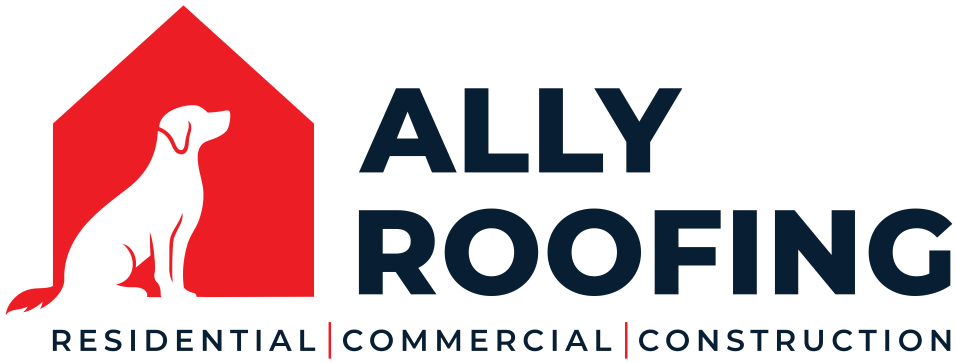Fires are some of the most devastating forces of nature a home, household, or business can face. Regardless, if a kitchen fire incident or falling asleep with a lit cigarette, your home or business can sustain serious damage. These happen to be some the most common fire damage types you’ll face in the U.S.
Below, we’ve divided common fire damage into six classes and also provide you with the most common types of fire damage that plagues the U.S.
The Six Classes of Fire Damage
Class A Fire Damage
The result of a fire involving flammable solids, including, various plastics, paper, rubber, wood, and cloth.
Class B Fire Damage
Consists of damage as a result of flammable liquids or solids that can become liquefied. This includes gasoline and various forms of petrol, oil, various waxes and plastics, and paint. However, fires caused by cooking oils and fats are excluded from this list.
Class C Fire Damage
Involves flammable gasses, such as hydrogen, propane, butane, and natural gas.
Class D Fire Damage
Consists of fires caused by combustible metals. This may include magnesium, potassium, and sodium.
Class E Fire Damage
Results from the factors found in both Class A and Class B fire damage. The difference being, this particular class introduces electrical elements onto the list. This makes fighting the fire and the resulting damage vary from that in Class A and B.
Class F Fire Damage
A fire that results from the cooking of oils and fats. These fires are significantly hotter and pose more severe damage than those found in Class B.
The Difference to Your Insurance Agency
In addition to the six classes of fire damage, your insurance company is likely to divide fire damage into two broad categories. These would be primary and secondary fire damage.
Primary Fire Damage
This damage refers to damage sustained as a direct result of the flames, to include the building and contents of both homes and businesses.
Secondary Fire Damage
The secondary type refers to damage sustained due to smoke and other corrosive substances caused by the fire. It’s often that secondary damage accounts for the majority of damage inside a fire damaged home or office. Additionally, a fire can expose the building to the outdoor elements which could tack on water damages due to rain.
Most Common Fire Damage Types in the U.S.
Kitchen Fire
The most common type of kitchen fire is the grease fire. Often times this is the result of someone leaving a frying pan unattended. These fires can cause serious injury and major damages. There are also oven fires and appliance fires located in the kitchen. Keep the kitchen clean, never leave cooking food unattended, and always unplug appliances when not in use.
Electrical Fire
Faulty appliances, worn or faulty electrical wiring, improper use of electrical outlets, and worn out breaker boxes are only some of the culprits that add electrical fire to the list.
Older homes are at greater risk of worn or faulty wiring. Often old wiring inside walls becomes frayed or worn, causing shorts and sparks that can ignite.
Lighting is another cause of electrical fires. Using bulbs that are higher in wattage than the amount recommended for the lighting appliance can be the cause of these fires.
Heater Fire
These fires are most common during the months of December, January, and February. Bundling up for the winter to keep warm, portable heaters are often kept close. Avoid a fire by purchasing one with an automatic shutoff and keep them away from combustibles and flammables.
This especially true for coil space heaters. All types of space heaters should be kept at a minimum of three feet from anything combustible. Always shut off the space heaters when you’re not in the room.
Smoke-Related Fire
Fires caused by cigarettes account for 1,000 deaths in the U.S. every year. Often times it’s not even the smoker who loses their life.
Smokers must be cautious and always make sure that their cigarettes are completely extinguished before disposing of them into trash bins.
Bedroom smoking should never take place and never smoke when you are exhausted, inebriated, or drowsy.
Smoke outside of the house to help prevent a smoking-related fire incident. Make sure to have available ashtrays or fire-resistant bins to dispose of your butts and embers.
It always pays to be well prepared for whatever the future brings. This is also why you should have a restoration company you know and trust. Mission Restorations has experts in fire, water, and mold restoration. If ever in need of services, don’t hesitate to call the best damage restoration team in Charlotte and its surrounding areas at 704-727-2000.



